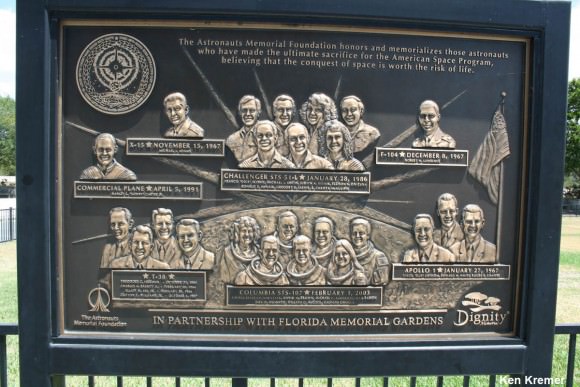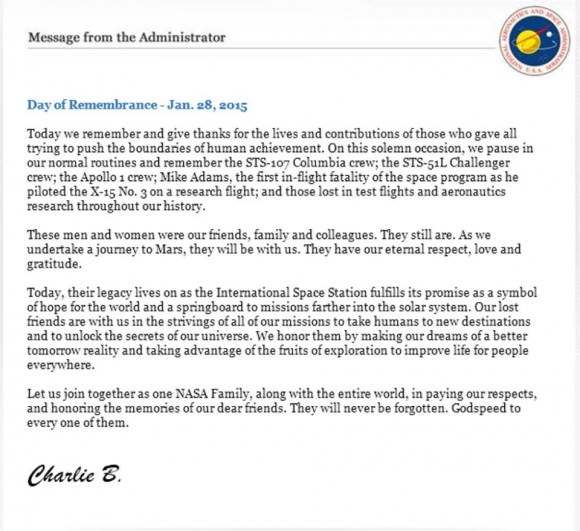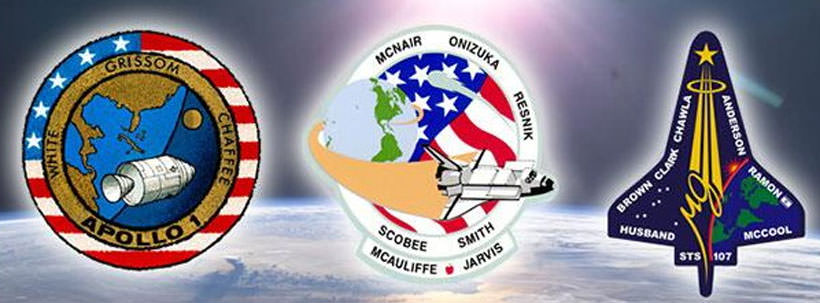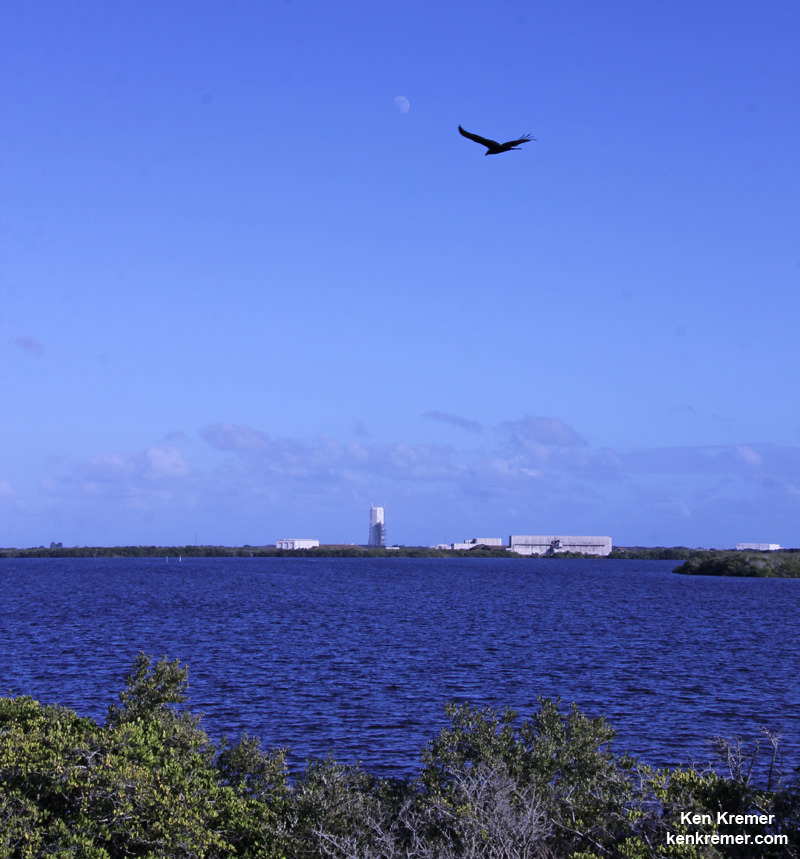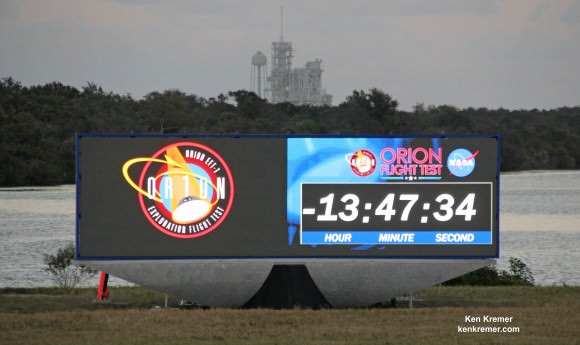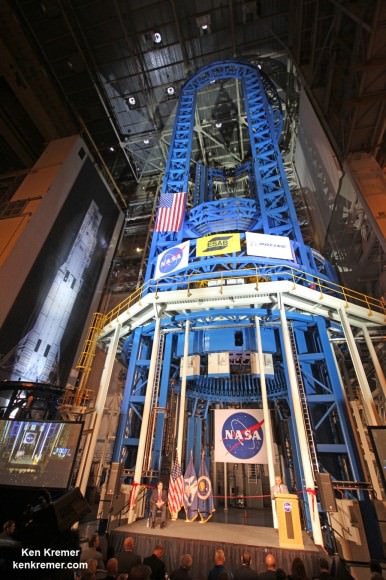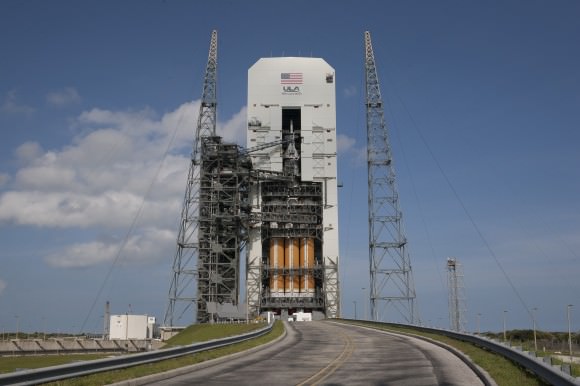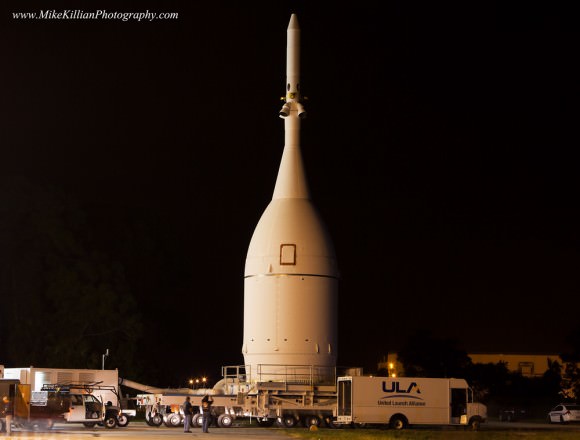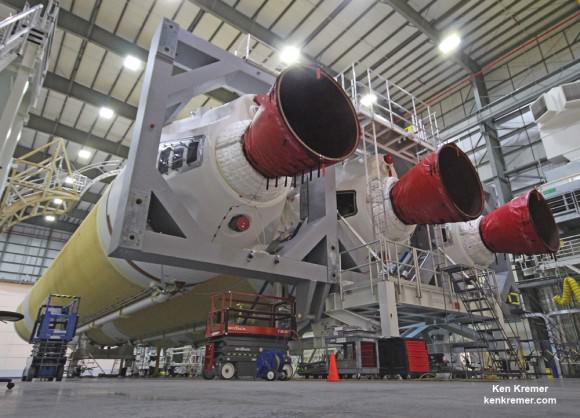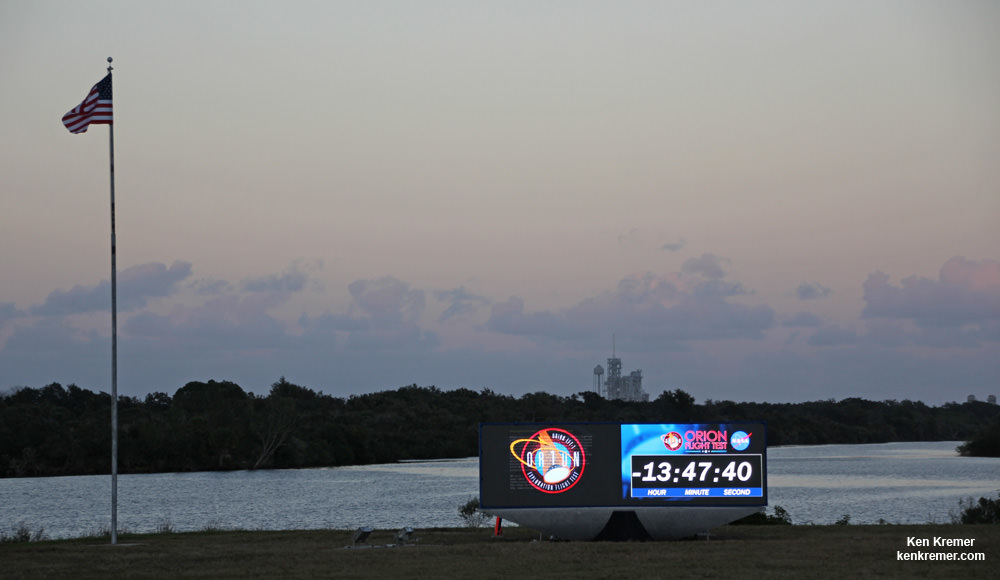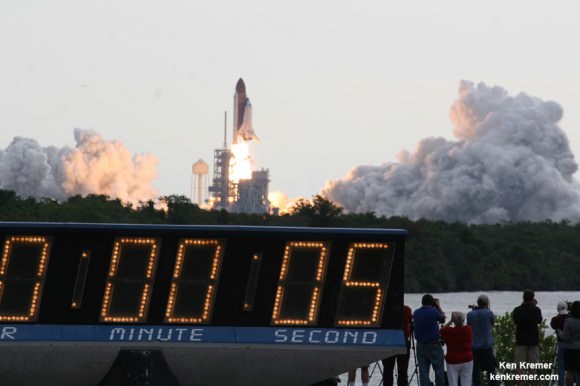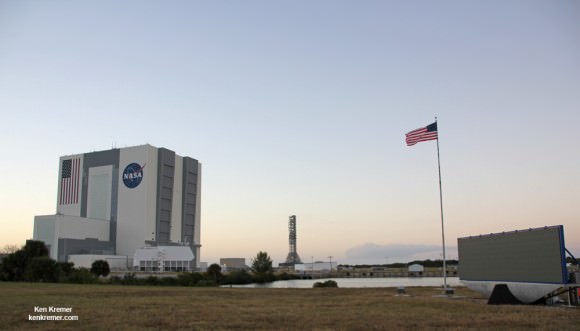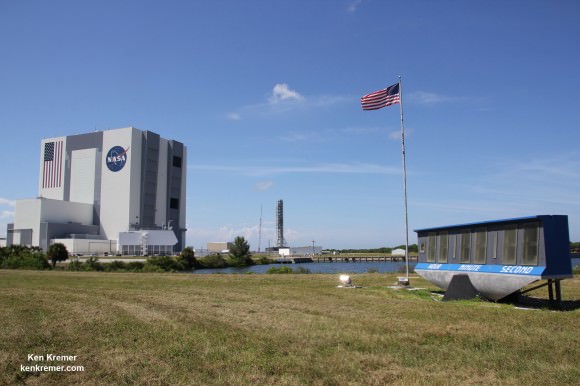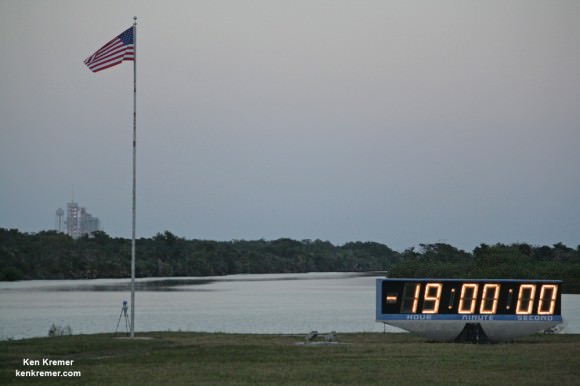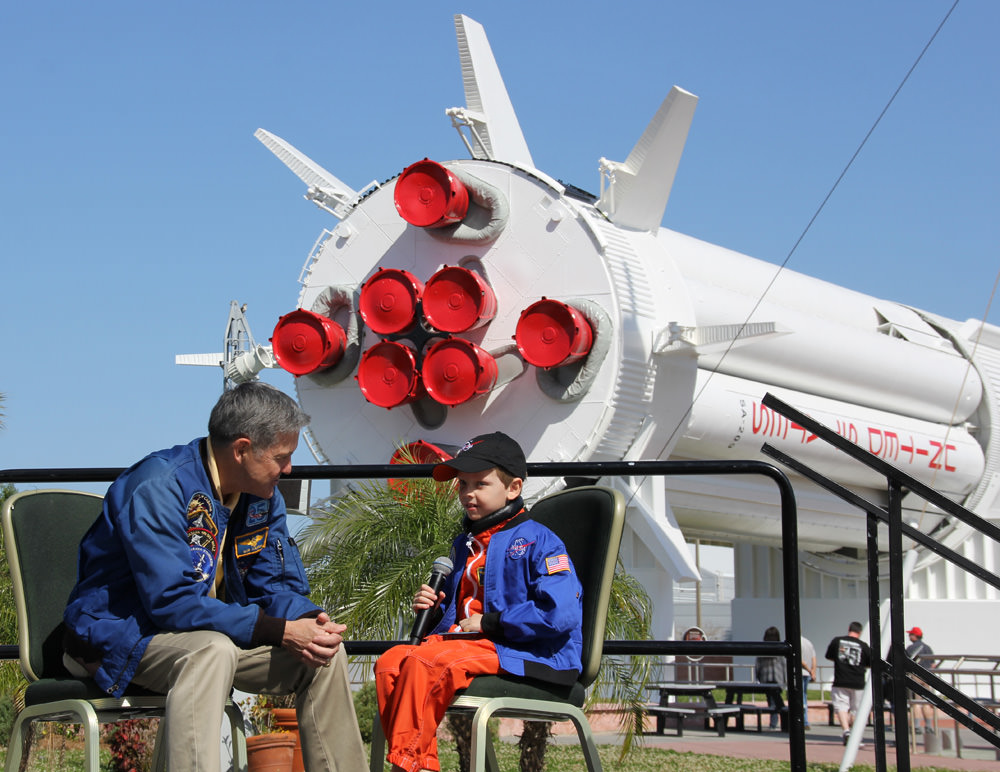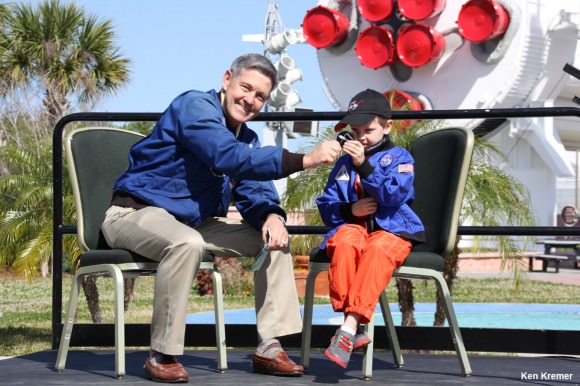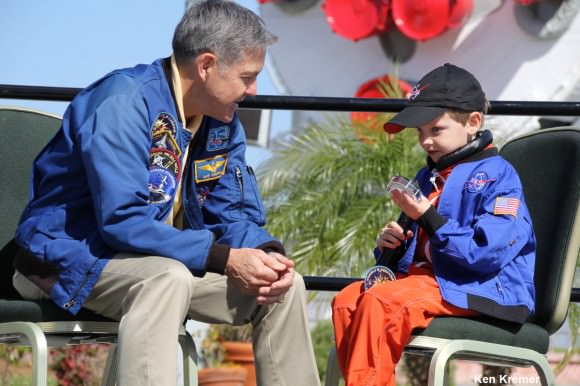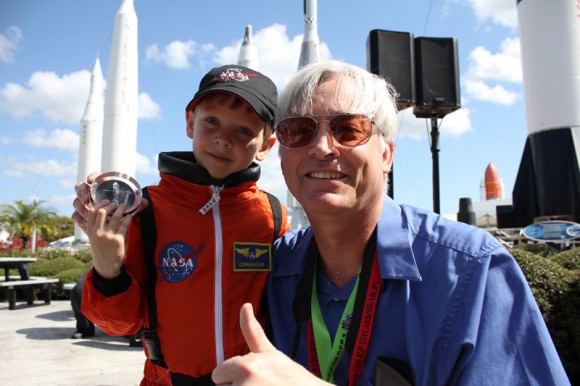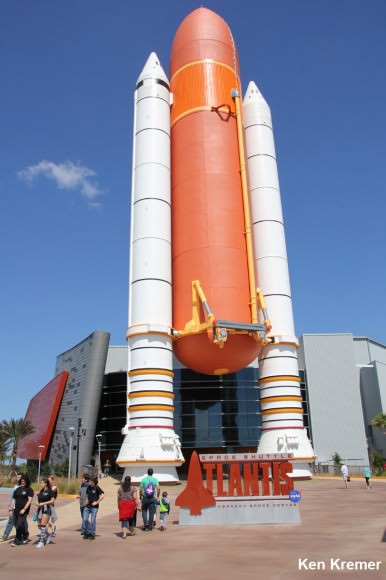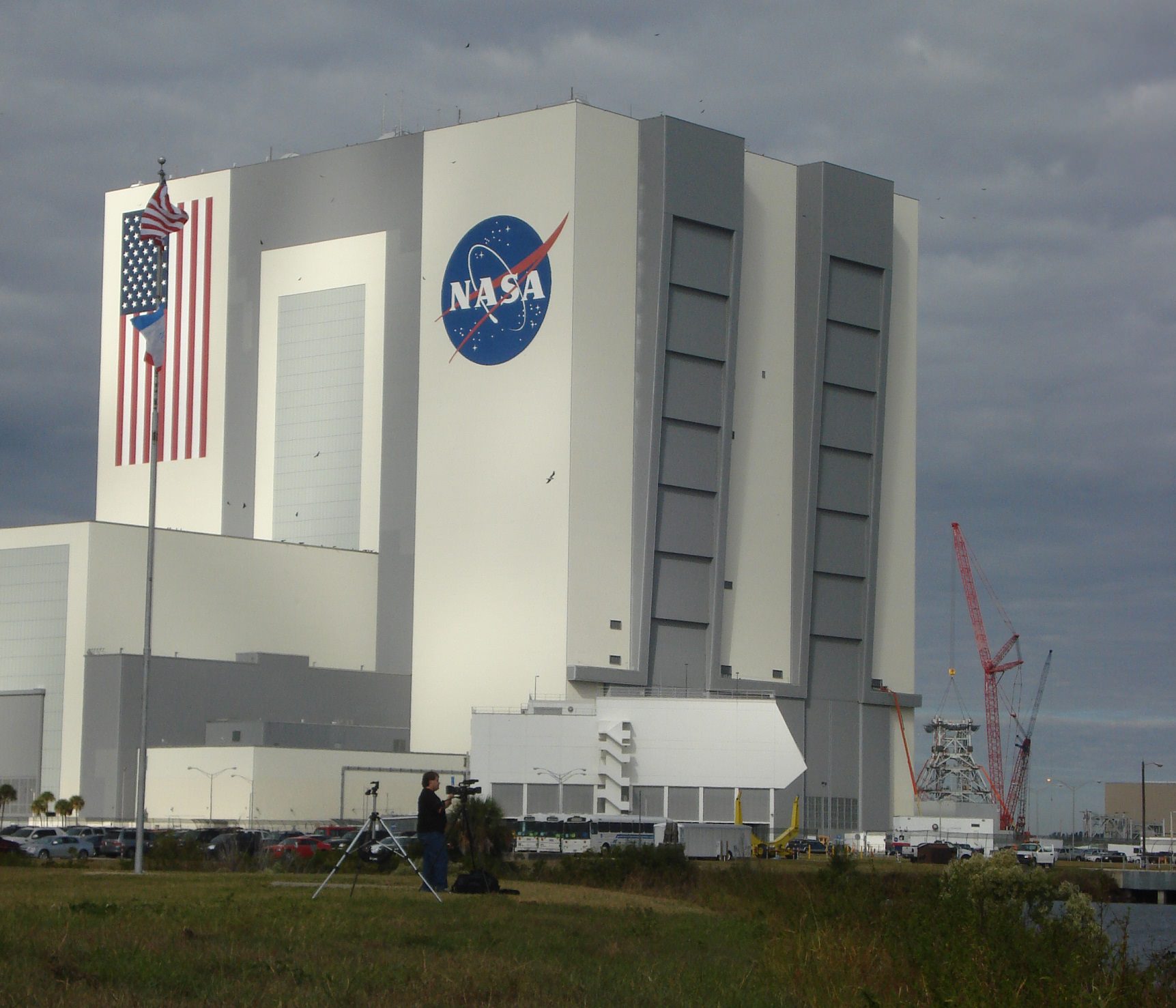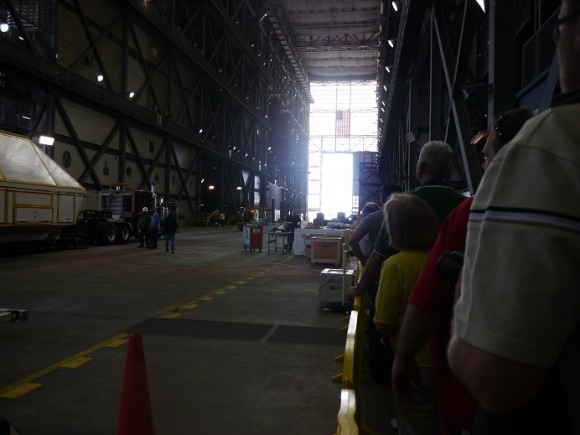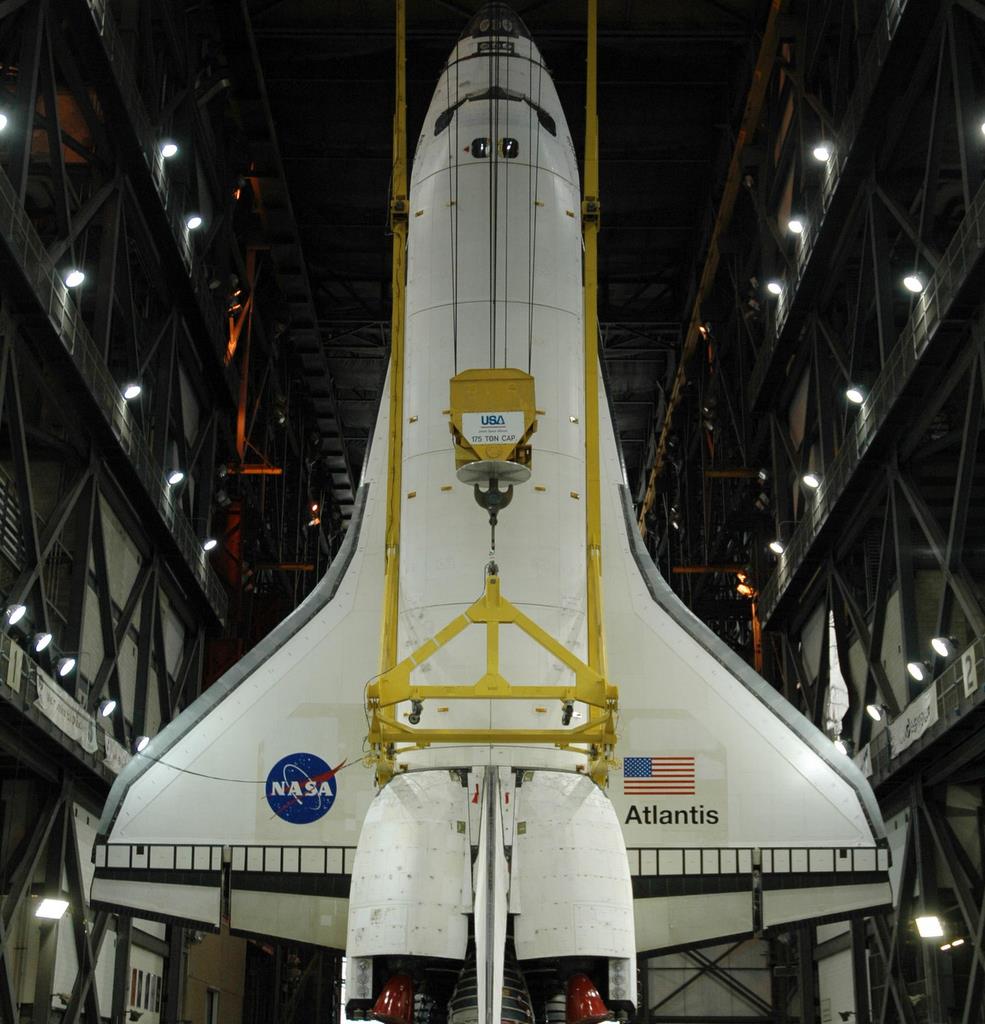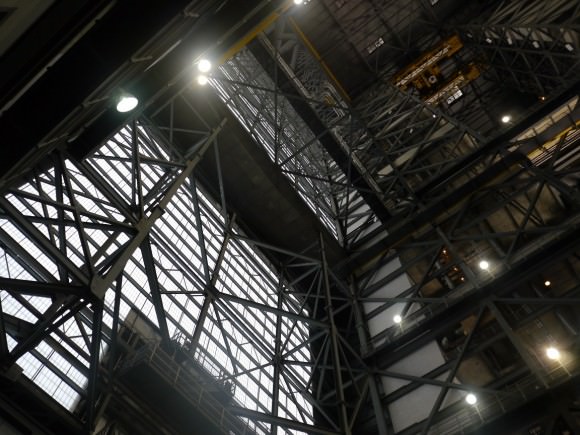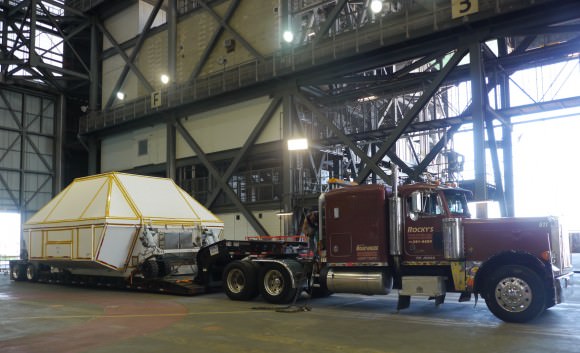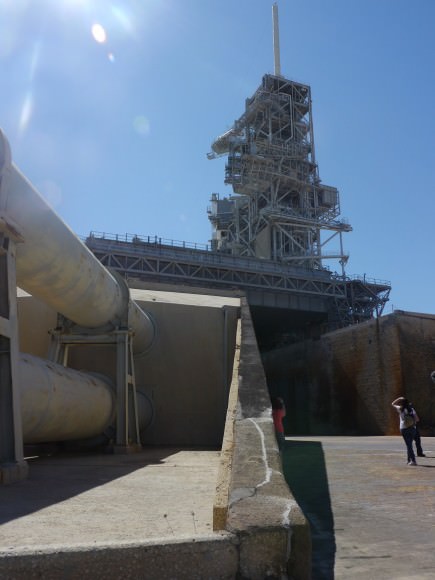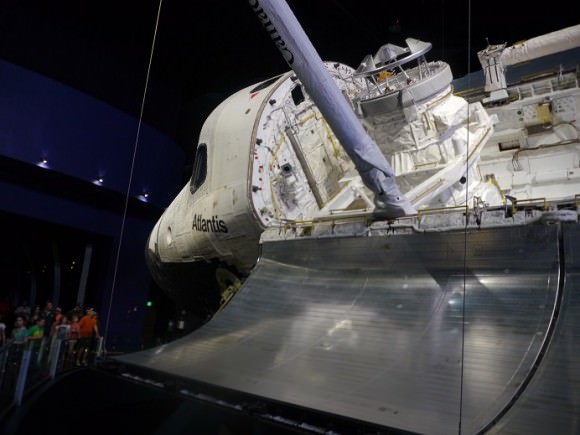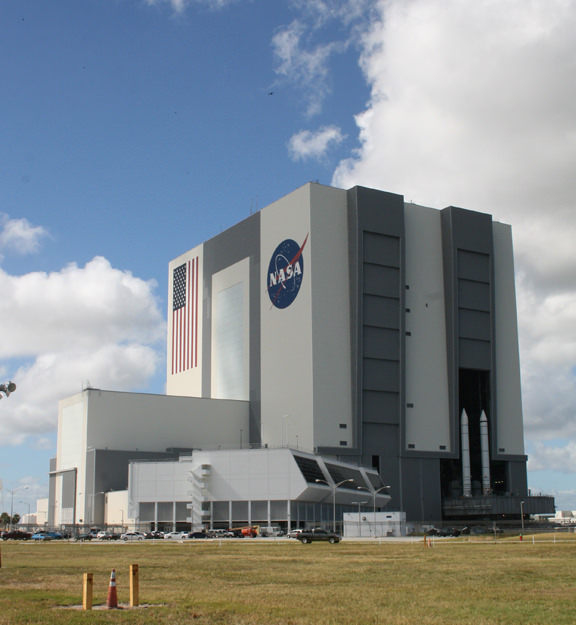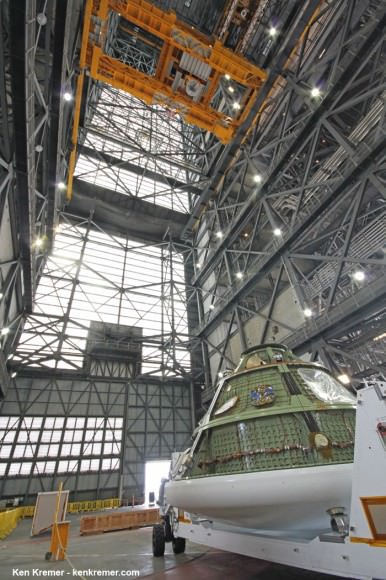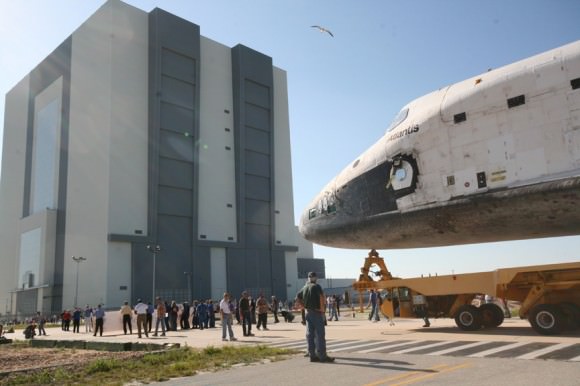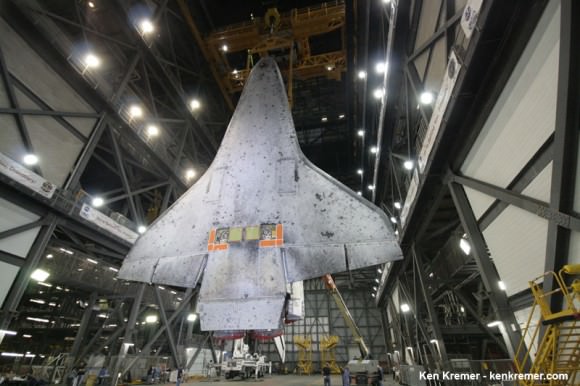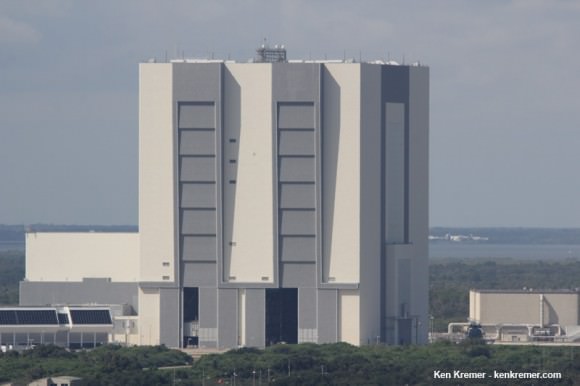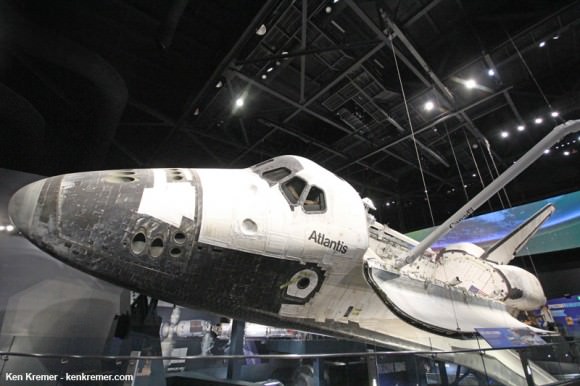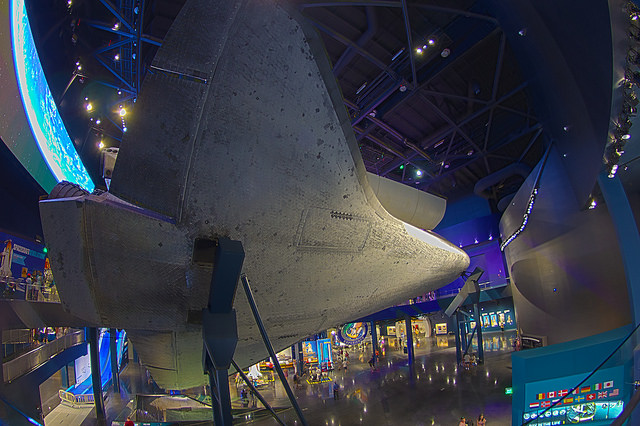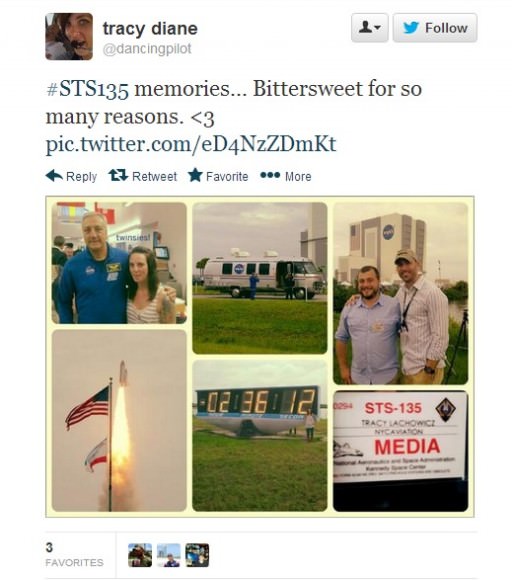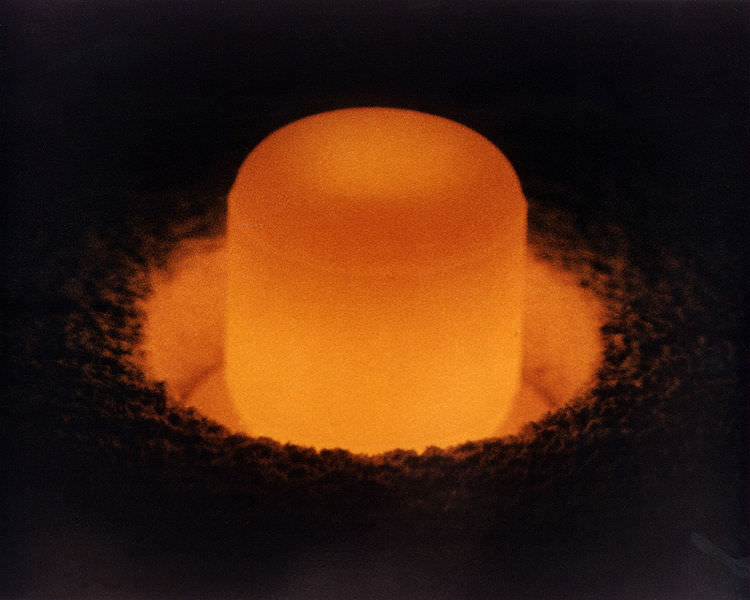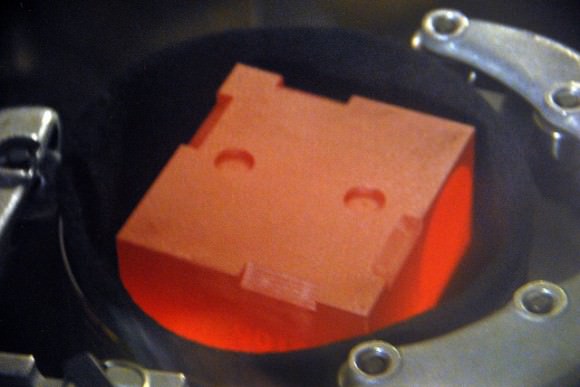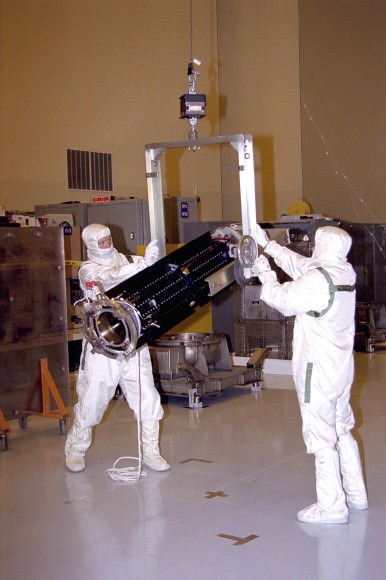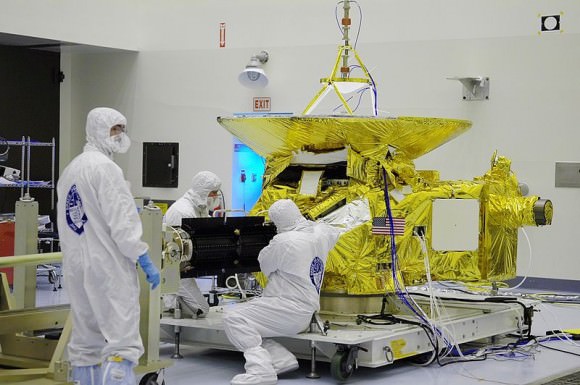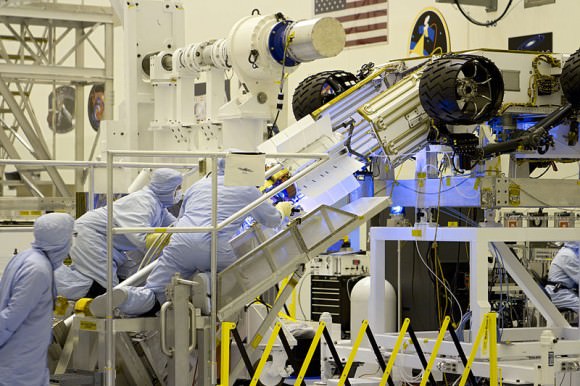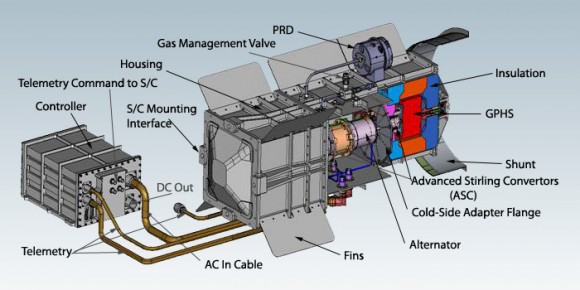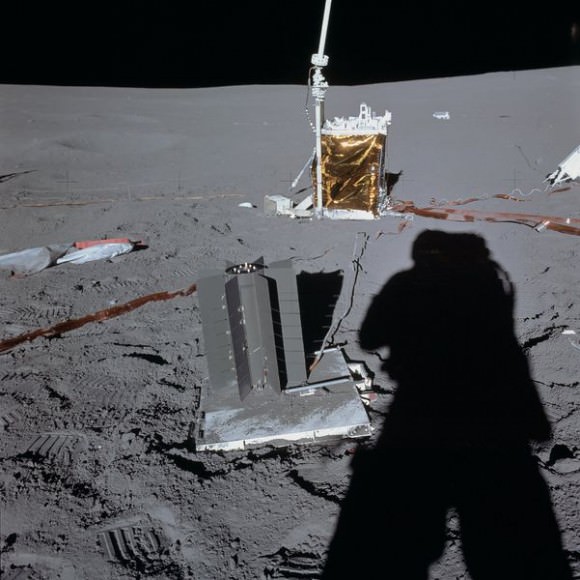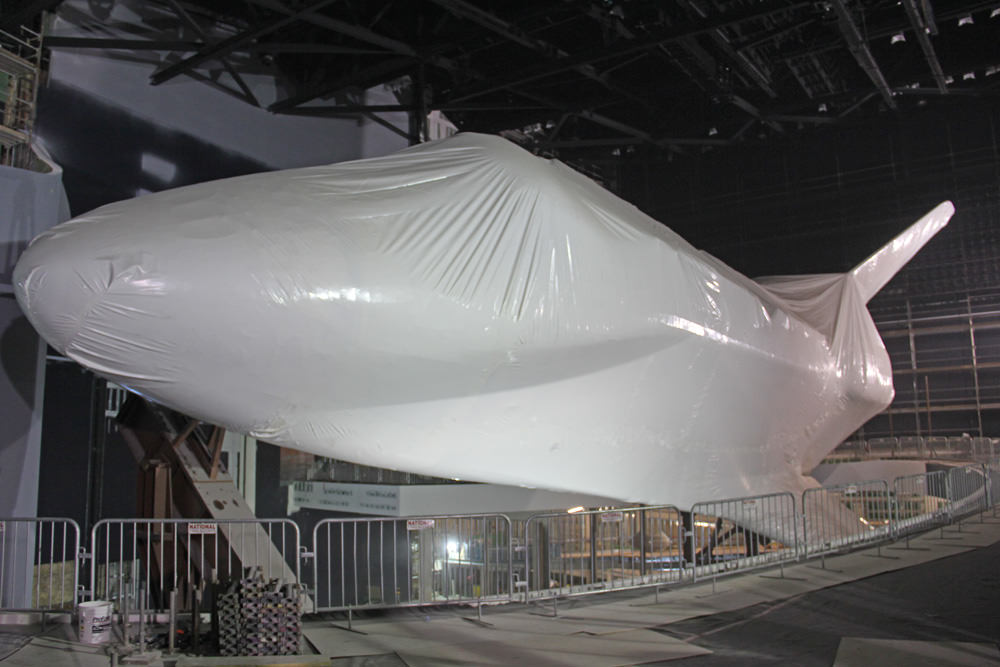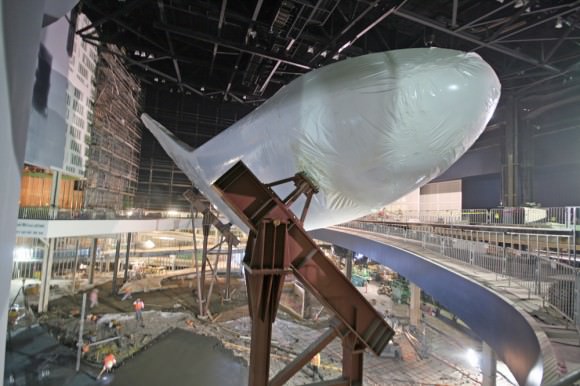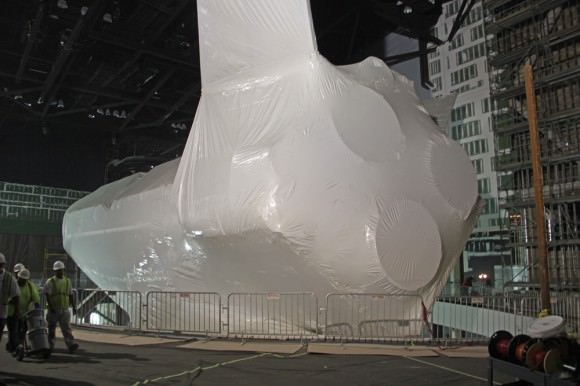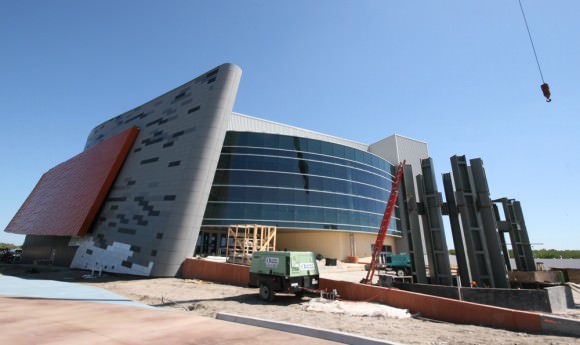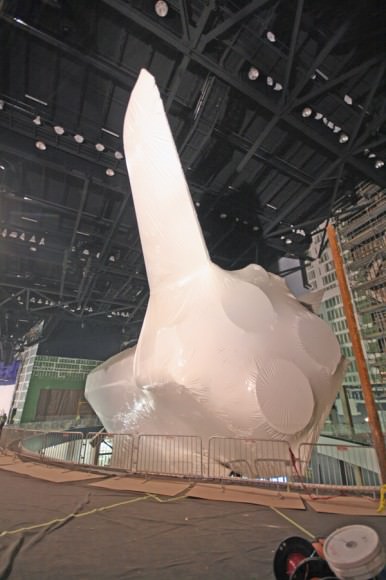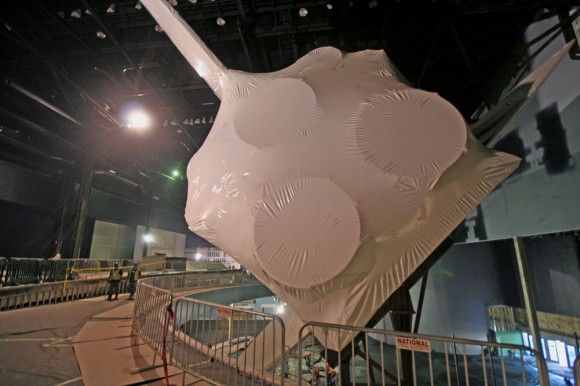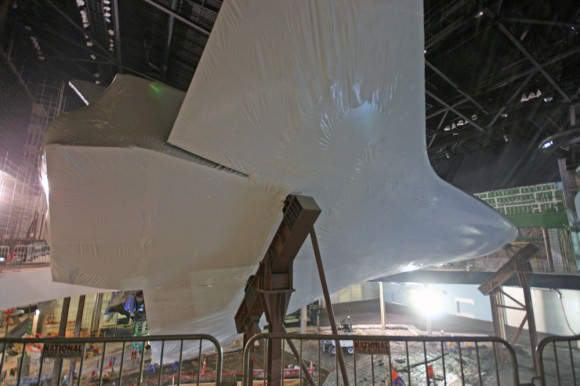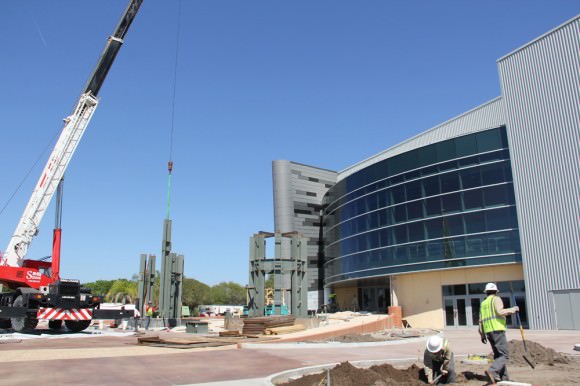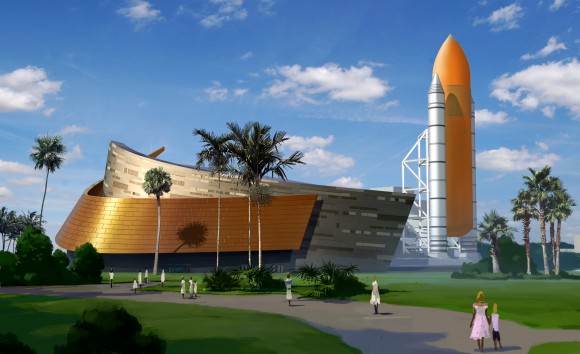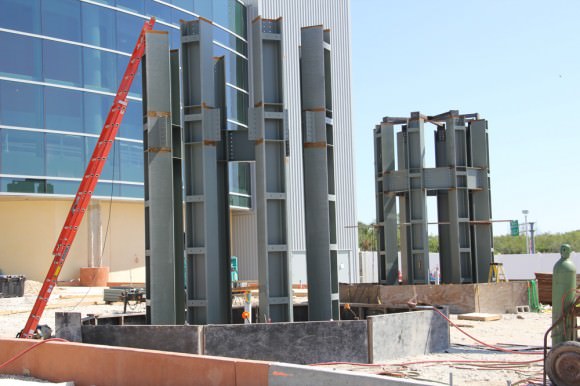Today, Feb. 1, concludes the most somber week in NASA history as we remember the fallen astronauts who gave their lives exploring space so that others could reach to the stars – venturing further than ever before!
In the span of a week and many years apart three crews of American astronauts made the ultimate sacrifice and have perished since 1967. Heroes all ! – They believed that the exploration of space was worth risking their lives for the benefit of all mankind.
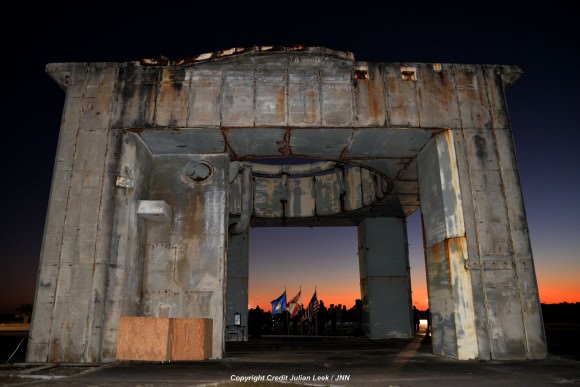
On Jan. 28, NASA paid tribute to the crews of Apollo 1 and space shuttles Challenger and Columbia, as well as other NASA colleagues, during the agency’s annual Day of Remembrance. Over the past week, additional remembrance ceremonies were held in many venues across the country.
“NASA’s Day of Remembrance honors members of the NASA family who lost their lives while furthering the cause of exploration and discovery,” said a NASA statement.
NASA Administrator Charles Bolden and other agency senior officials held an observance and wreath-laying at Arlington National Cemetery in Virginia on Jan. 28.

“Today we remember and give thanks for the lives and contributions of those who gave all trying to push the boundaries of human achievement. On the solemn occasion, we pause in our normal routines and remember the STS-107 Columbia crew; the STS-51L Challenger crew; the Apollo 1 crew; Mike Adams, the first in-flight fatality of the space program as he piloted the X-15 No. 3 on a research flight; and those lost in test flights and aeronautics research throughout our history,” said Bolden.
“Let us join together … in paying our respects, and honoring the memories of our dear friends. They will never be forgotten. Godspeed to every one of them.”
12 years ago today on Saturday, Feb. 1, 2003, Space Shuttle Columbia suddenly and unexpectedly disintegrated over the skies of Texas during the fiery reentry into the Earth’s atmosphere at the conclusion of the STS-107 science mission. All aboard were lost: Rick Husband, William McCool, David Brown, Laurel Clark, Kalpana Chawla, Michael Anderson, and Ilan Ramon.
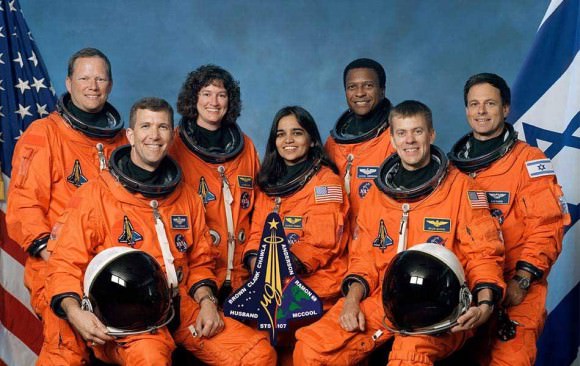
Jan. 28 marked the 29th anniversary of the Challenger disaster on the STS-51L mission when it suddenly broke apart 73 seconds after liftoff in 1986. The entire seven person crew were killed; including Dick Scobee, Michael Smith, Ronald McNair, Judy Resnik, Gregory Jarvis, Ellison Onizuka, and the first “Teacher in Space” Christa McAuliffe.
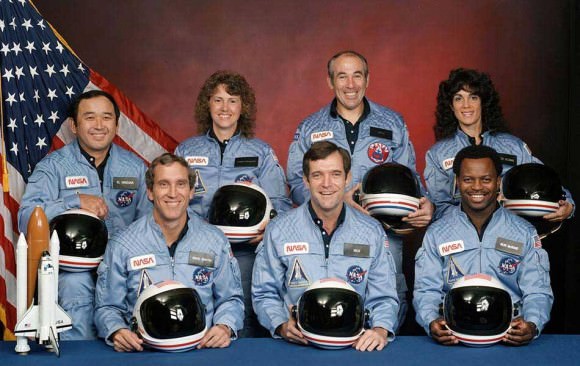
Jan. 27 marks the 48th anniversary of the first of the three disasters when a horrendous cockpit fire at Launch Complex 34 in 1967 killed the Apollo 1 crew of Gus Grissom, Ed White II and Roger Chaffee during a training exercise in the capsule.
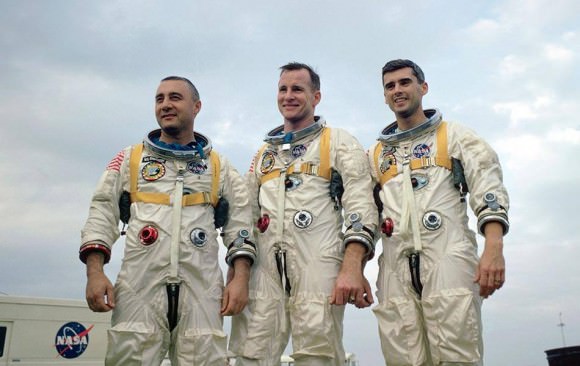
Launch Complex 34 on Cape Canaveral Air Force Station in Florida was never used again for a launch and the ruins stand as a stark memorial to the crew of Apollo 1.
An observance was also held on Jan. 28 at the Space Mirror Memorial at NASA’s Kennedy Space Center Visitor Complex.
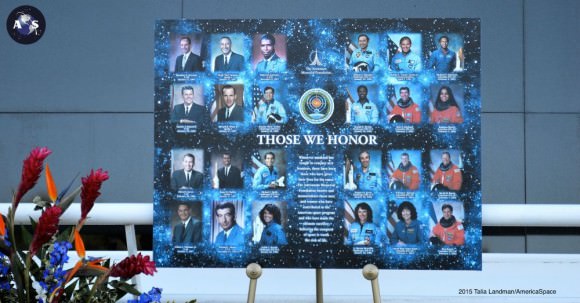
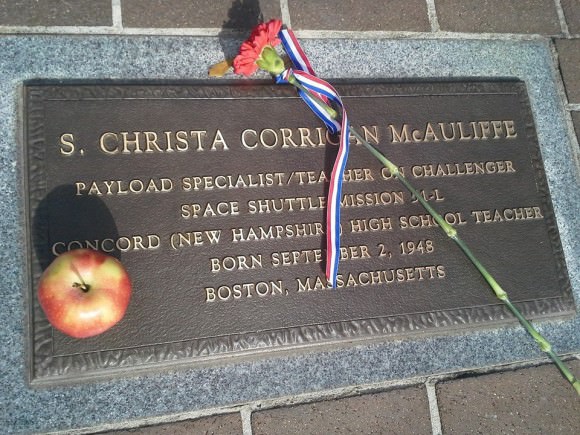
Today the fallen astronauts legacy of human spaceflight lives on at NASA with the International Space Station (ISS), the development of Commercial Crew manned capsules for low Earth orbit, and the development of the Orion deep space crew exploration vehicle and SLS rocket for NASA’s ambitious plans to send ‘Human to Mars’ in the 2030s.
There are numerous memorials to the fallen crews. Among them are the tribute plaques to all five space shuttle orbiters that were the brainchild of the Space Shuttle Launch Director Mike Leinbach.
The five orbiter plaques were mounted inside the Space Shuttle Firing Room #4, above the Shuttle countdown clock at the Launch Control Center of NASA’s Kennedy Space Center.
The plaques for Columbia and Challenger, the first two shuttles built, include the crew portraits from STS-107 and STS-51L.
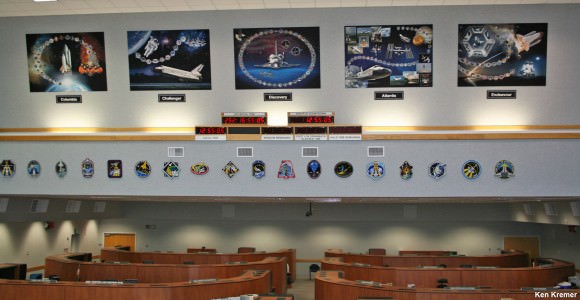
Stay tuned here for Ken’s continuing Earth and planetary science and human spaceflight news.
